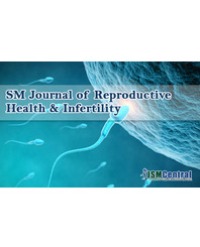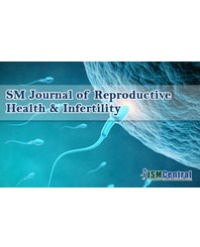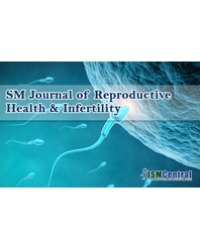
Progesterone in Breast Cancer Angiogenesis
The involvement of steroid hormones in breast carcinogenesis is well established. Recent evidence suggests that angiogenesis can be regulated by hormones. Both oestrogen and progesterone have been implicated in the angiogenic process of hormone-dependent cancers, such as breast cancer. Vascular Endothelial Growth Factor (VEGF) is a growth factor involved in angiogenesis in breast cancer that is up-regulated by estrogens. In our study we evaluated the role of progesterone in the expression of this angiogenic growth factor commonly up regulated in breast cancer. Our findings indicate that progesterone activates an angiogenic pathway involving VEGF stimulation. The elucidation of specific angiogenic pathways promoted by progesterone can raise new therapeutic targets at least in a subset of breast cancers responsive to progesterone.
Monica C. Botelho¹,²,³*, Raquel Soares³,⁴ and Helena Alves¹




